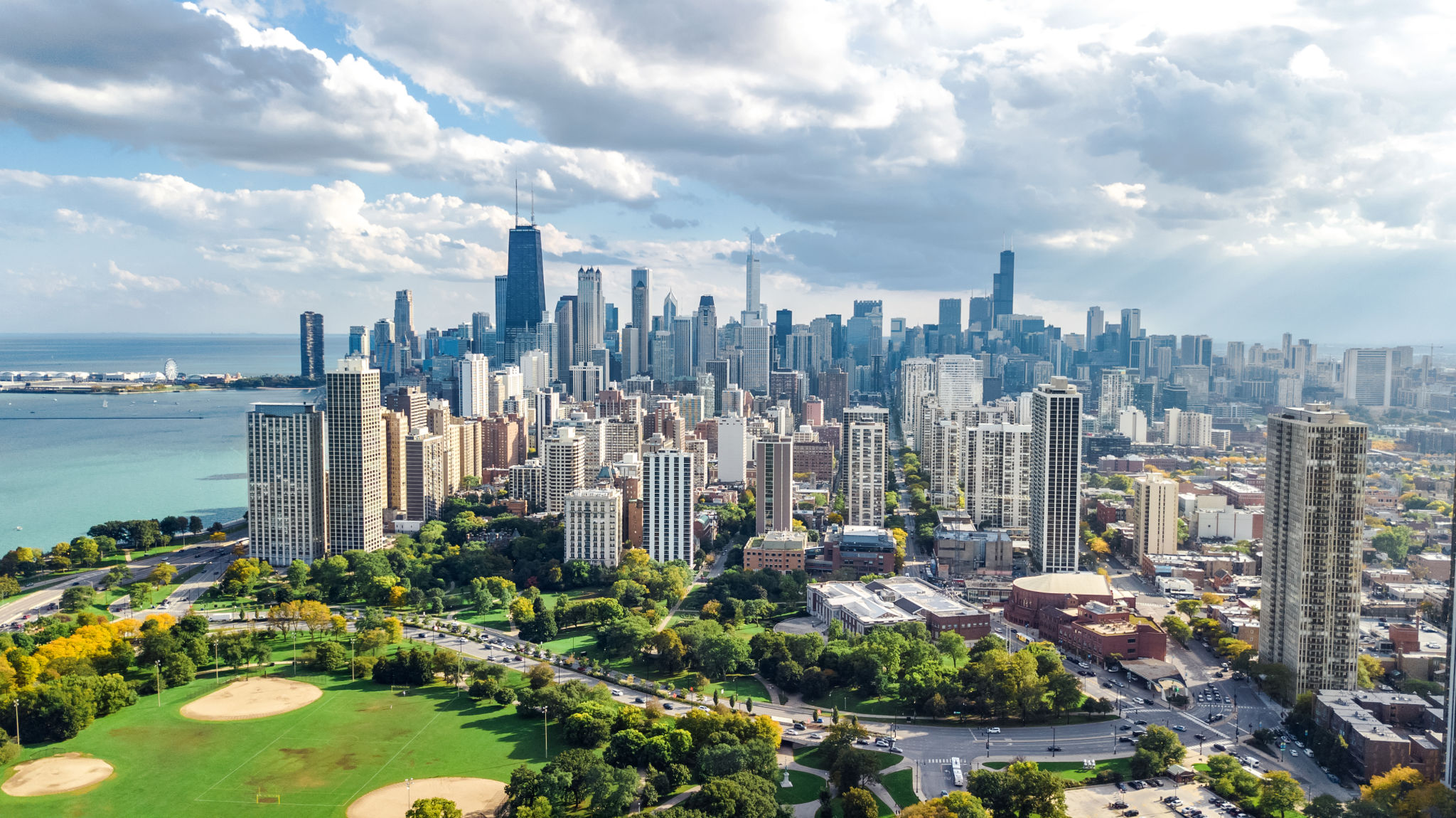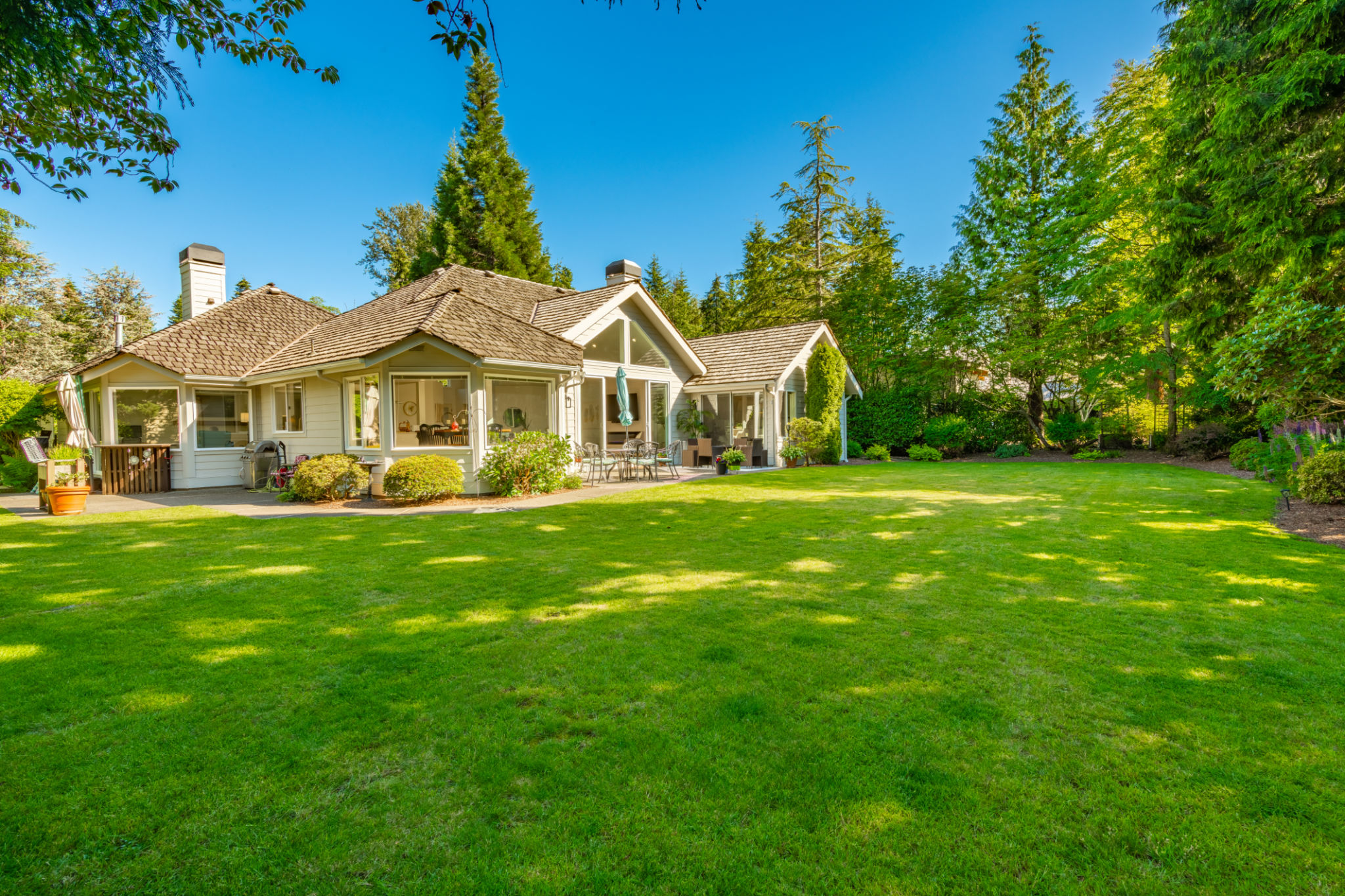Case Study: Successful Landscape Design Projects in the Chicago Area
Introduction to Landscape Design in Chicago
Chicago, known for its vibrant culture and architectural marvels, is also home to some of the most exquisite landscape designs. The city's unique climate and urban setting present both challenges and opportunities for landscape architects. This article explores successful landscape design projects in the Chicago area, highlighting their innovative approaches and sustainable practices.
The landscape design industry in Chicago has flourished due to an increased interest in sustainable and aesthetically pleasing outdoor spaces. From residential gardens to public parks, these projects showcase creativity and functionality, enhancing the urban environment while respecting ecological principles.

Project Highlight: Millennium Park
One of the most iconic landscape design projects in Chicago is Millennium Park. This 24.5-acre park is a masterpiece of modern landscape architecture, combining art, nature, and urban life. Its design includes the famous Cloud Gate sculpture, the Jay Pritzker Pavilion, and the Lurie Garden, each serving as a testament to innovative urban design.
The Lurie Garden is particularly noteworthy for its use of native plants, which thrive in Chicago's climate and require minimal maintenance. This project exemplifies how urban spaces can be transformed into lush, inviting environments that promote biodiversity.

Residential Landscape Design Successes
In addition to public spaces, residential landscape design in Chicago has seen remarkable success. Homeowners are increasingly opting for sustainable designs that incorporate native species, rain gardens, and permeable pavements. These elements not only enhance the aesthetic appeal of homes but also contribute to environmental conservation.
Several residential projects in neighborhoods like Lincoln Park and Hyde Park have successfully blended traditional and contemporary styles. These designs often feature outdoor living spaces, such as patios and rooftop gardens, providing urban dwellers with a personal oasis amidst the bustling city.

Sustainable Practices in Urban Landscaping
Sustainability is at the forefront of landscape design in Chicago. Designers are increasingly incorporating green technologies and practices to reduce environmental impact. This includes utilizing rainwater harvesting systems, solar lighting, and drought-resistant plants.
Moreover, many projects emphasize the importance of community engagement, encouraging local residents to participate in the maintenance and care of shared spaces. This approach not only fosters a sense of community but also ensures the long-term success of these projects.
Challenges Faced by Designers
Despite their successes, landscape designers in Chicago face several challenges. The city's harsh winters and varying microclimates require careful selection of plant species and materials. Additionally, urban density often limits space for expansive green areas, necessitating creative solutions like vertical gardens and green roofs.

Addressing these challenges requires a balance between practicality and innovation. Designers must continually adapt to changing environmental conditions and urban development plans to ensure their projects remain relevant and functional.
Conclusion
The landscape design projects in the Chicago area exemplify the potential of combining artistic vision with environmental stewardship. As these projects continue to evolve, they offer valuable insights into sustainable urban living. By embracing both tradition and innovation, Chicago's landscape designers are creating spaces that not only beautify the city but also enrich the lives of its residents.
As we look to the future, these successful projects serve as inspiring models for other urban centers seeking to enhance their landscapes while promoting sustainability and community engagement.